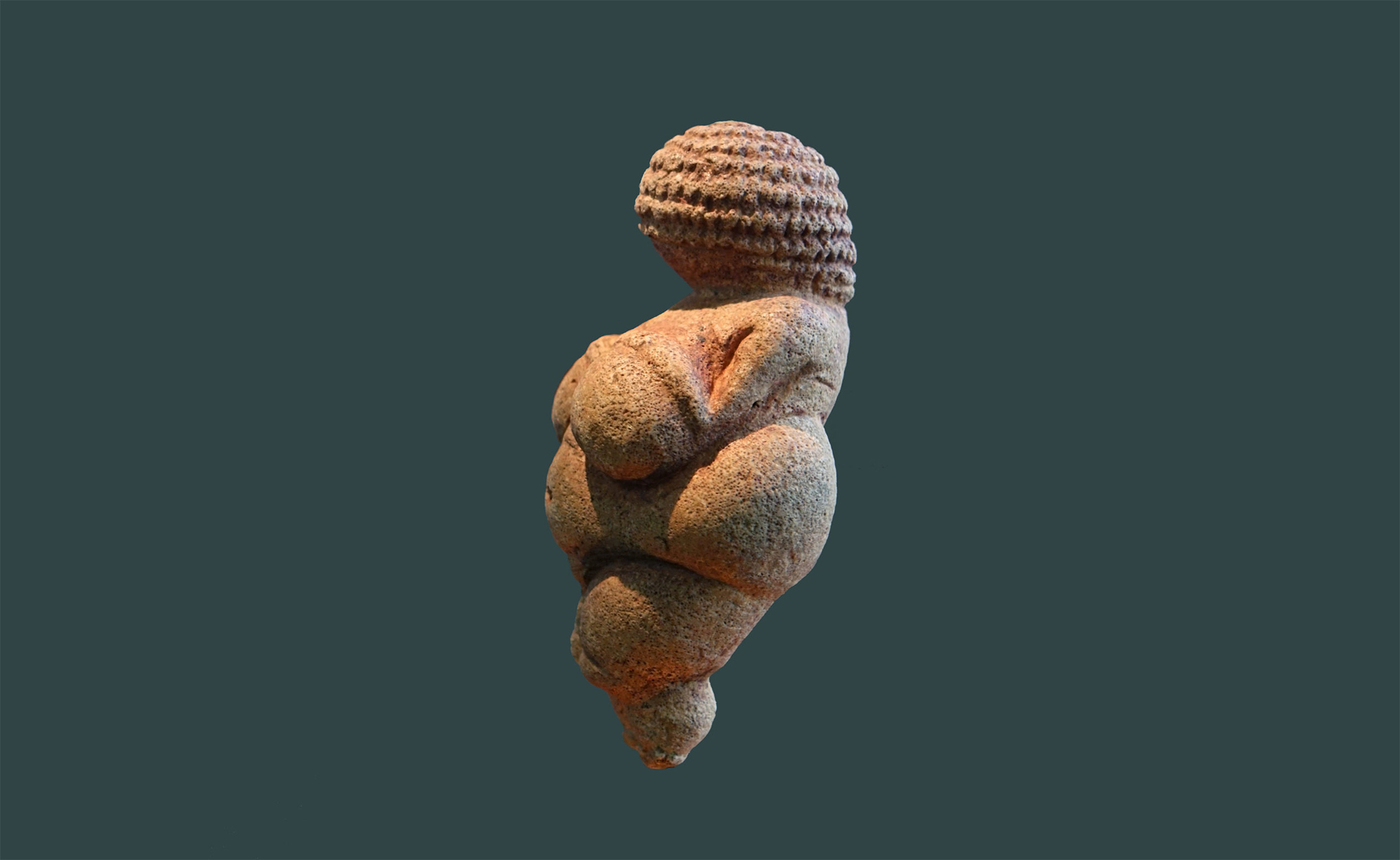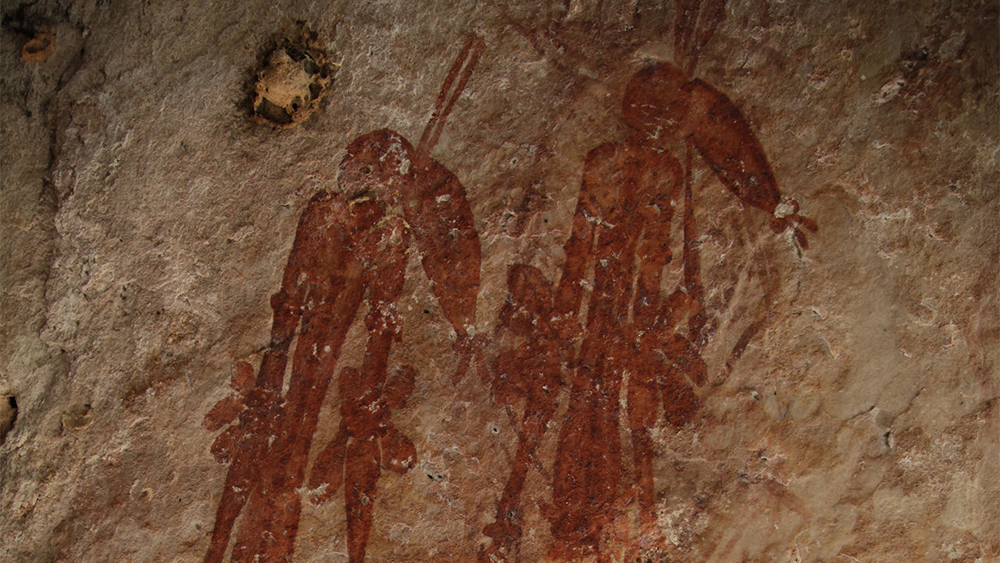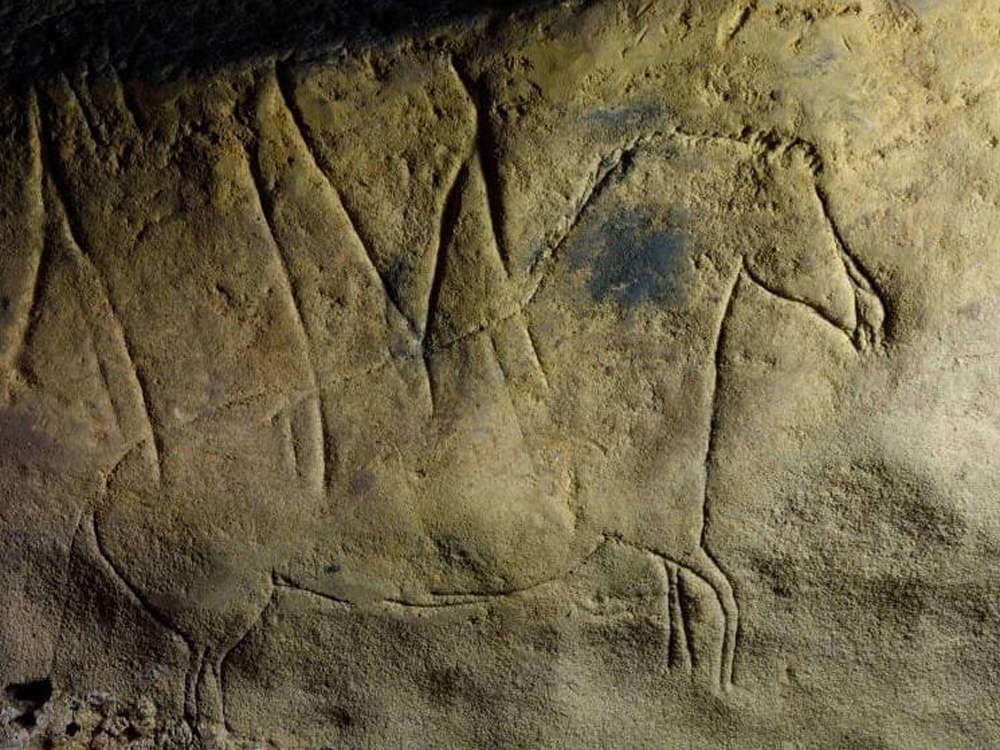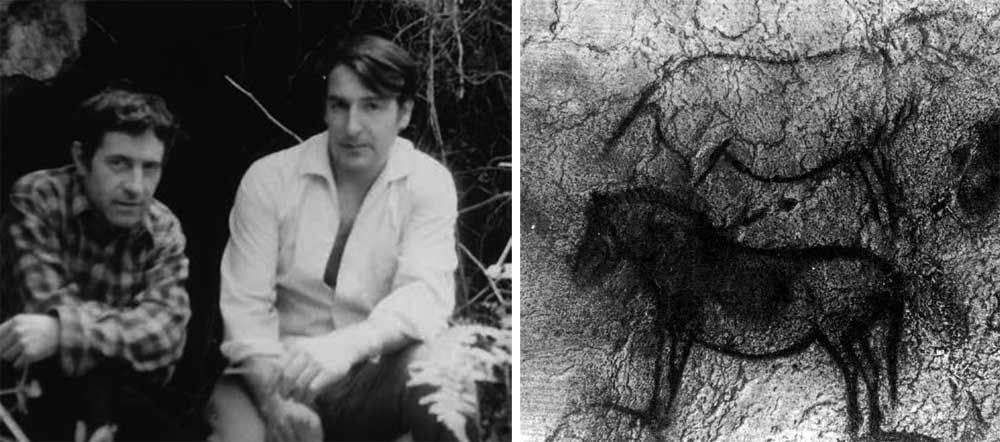Before needles
- Izturitze 21,000-29,000 years ago. At the time of gravetiense, the men who lived in the cave of Izturitz left many stone instruments.

Several hundred of them are battles of Noailles, so called for being discovered for the first time in this cave in southwestern France. The Wars of Noailles found in level IV of the cave have a maximum of 3 cm long and 2 cm wide, were very standardized and, thanks to the sharp end, were used for specialized tasks. However, before researching these small instruments in depth, the researchers at the UPV/EHU did not know exactly what they used them for.
The research group formed by Aitor Calvo, Unai Perales, Maite García-Rojas, Christian Normand and Alvaro Arrizabalaga has carried out the technological, typometric, morphotypological and, in particular, functional analysis of this collection of 2011, which was conceived by researchers as an experimental program of functional analysis. Results Journal of Archaeological Science: They gave it in early summer in Reports magazine.
Researchers have come to the conclusion that the Noailles wars were used for the drilling of soft materials such as animal fur suits, that is, for sewing. And this hypothesis takes place in objects found in other deposits of the same time in Europe. Hundreds of decorative specimens, of Iberian origin, wrapped in hats, coats or chalk, have been found in the graves of the Sunghir (Russia) and Candide and Ostuni (Italy) fields.
The first needles – according to morphological criteria at least – were created and used at the end of the Gravetti period, in the Solutrense period (about 15,000-21,000 years ago). They were bone, and then about 7,500 years ago, they started making metal pieces. But, according to the UPV/EHU researcher, even before the needles, there were tools for sewing.
Willendorf (Austria), 1908. At a site in the Wachau Valley, archaeologist Josef Szombathy found a small anthropomorphic statue of a woman about 11 cm, carved in stone and dyed with red ochre.
Since then, it is the best-known venusi of the Paleolithic and has been analyzed from... [+]
1891n nekazari batek Gwion estiloko hainbat labar pintura aurkitu zituen Kimberlyn (Australia).
Font Major kobazuloa (Tarragona, Katalunia) 1853an aurkitu zuten eta urte asko dira bertan arkeologoak lanean ari direla.
Bizkaiko Aldundiaren esanetan duela 14.000 urteko grabatu multzoak "kalitate tekniko argia" du eta berezia da irudiak "oso argi" ikusten direlako.
Zientzia elkartearen ustez haitzuloan historiaurreko aztarna gehiago aurkitzeko “aukera handiak” daude eta eremu osoa babestu behar da.
Orain artean ezezagunak ziren eta Nafarroan aurkitutako zaharrenak lirateke. Hori dela eta, Aranzadik leize ondoko harrobiko jarduerarekin ez jarraitzea gomendatu du.
SOS Alkerdi, Urdazubiko ondarea babesteko plataformak Berroberria, Alkerdi eta Zelaieta inguruko leize babestuetan gertatzen ari dena ezagutarazi du. Gune horretan dago gaur arte ezagutzen den Nafarroako labar arte paleolitikoaren kokaera bakarra. Haien gainean harrobi bat dago;... [+]
Asteartean aurkeztu zuen Bizkaiko Aldundiak paleolitiko 70 pintura eta grabaturen aurkikuntza. Berriatuako Udalak ez du inolako informazio edo berririk izan orain arte.
1992an Shiyan Beicun herritik hurbil, Txinako Zheijang probintzian, herritar batek Longyouko haitzuloak aurkitu zituen. Urez beterik zeuden eta horregatik naturak sorturiko leize nahiz haitzuloak zirela uste izan zen hasieran, baina urez hustu ondoren gizakiak eraikitakoak... [+]
Zergatik arkeologoak orain arte ez dira ohartu bi bisonte erraldoi begira zituztela? Lekeitioko kobazuloaren hormetan aurkituko margolanen xehetasun eta irudi gehiago dakarzkigu hona.
























